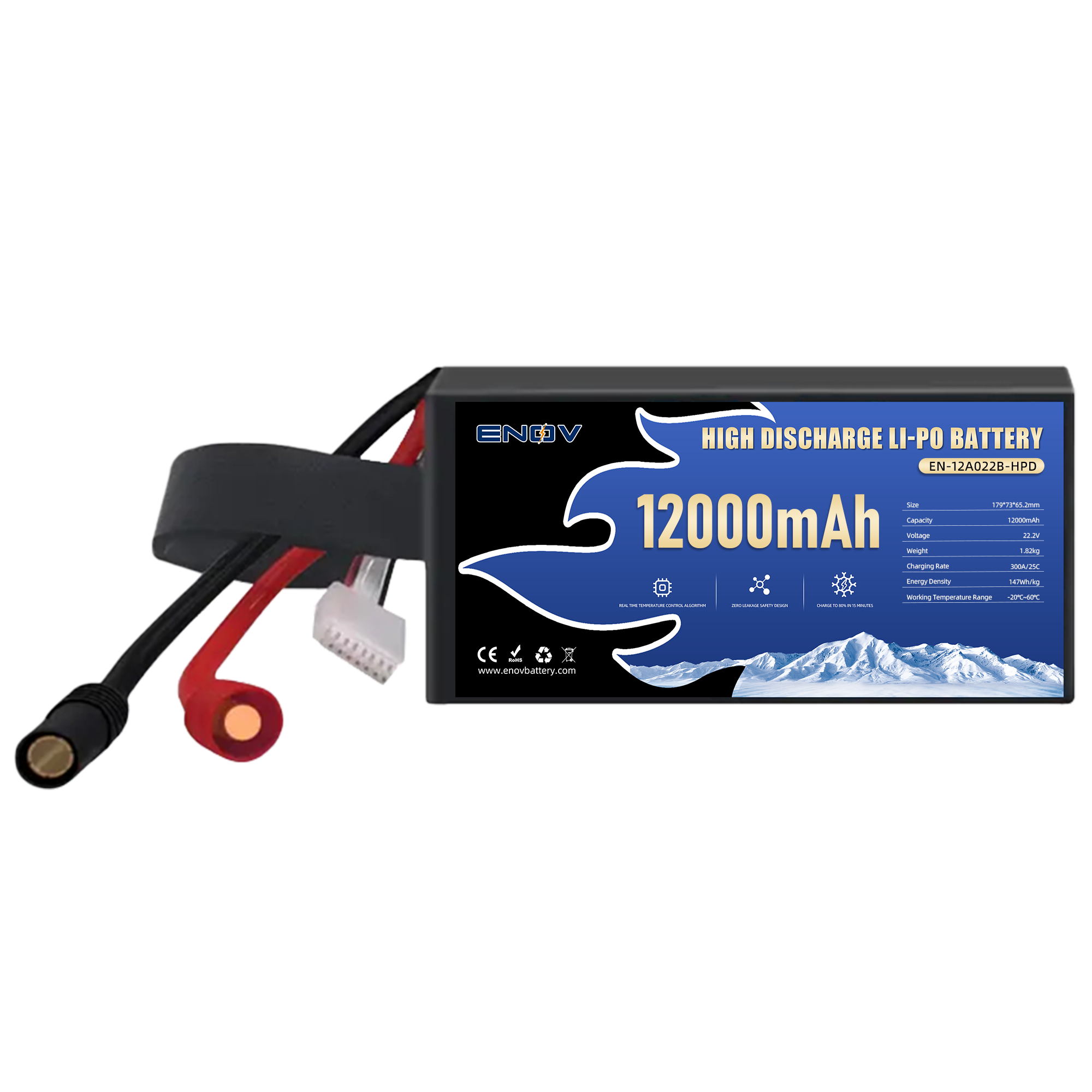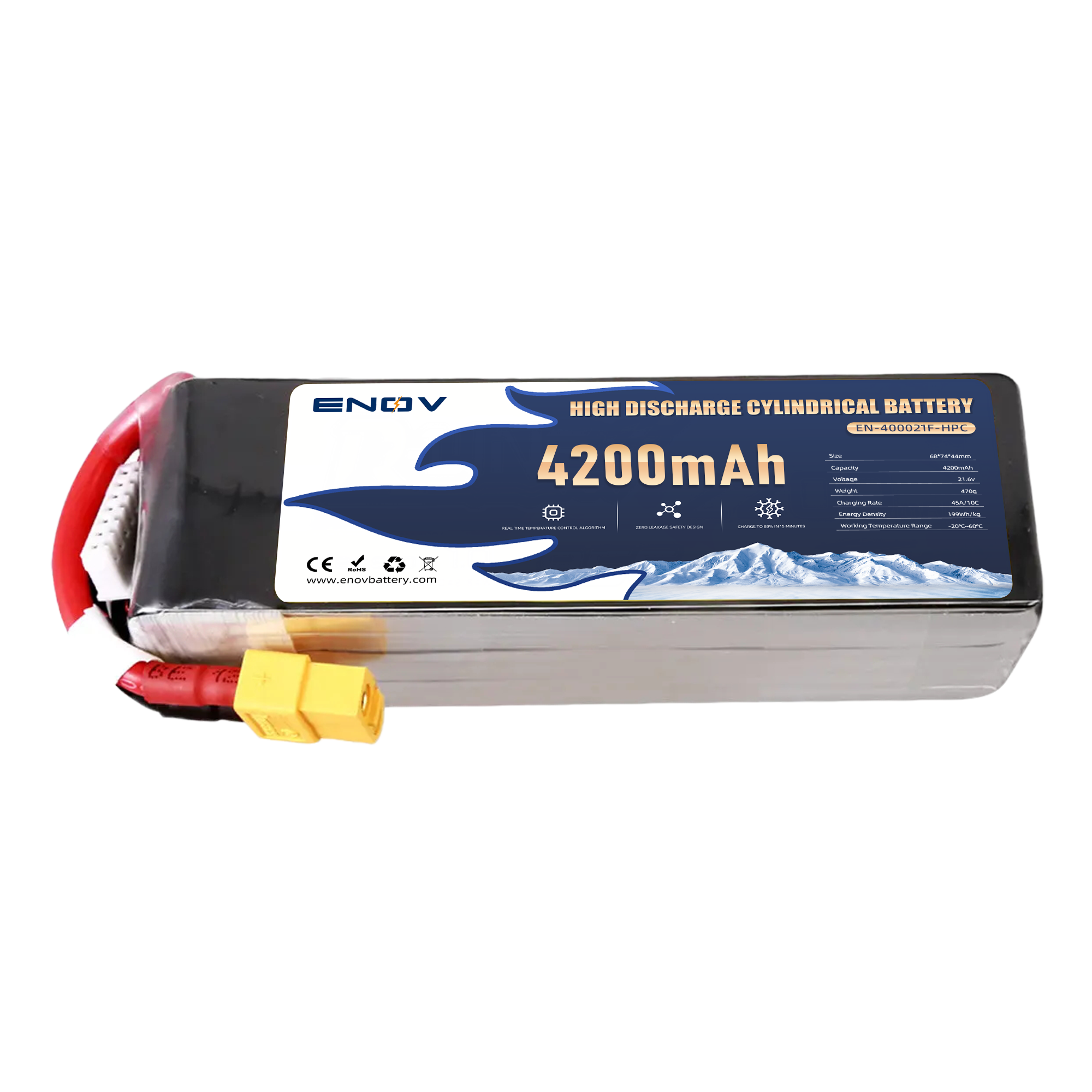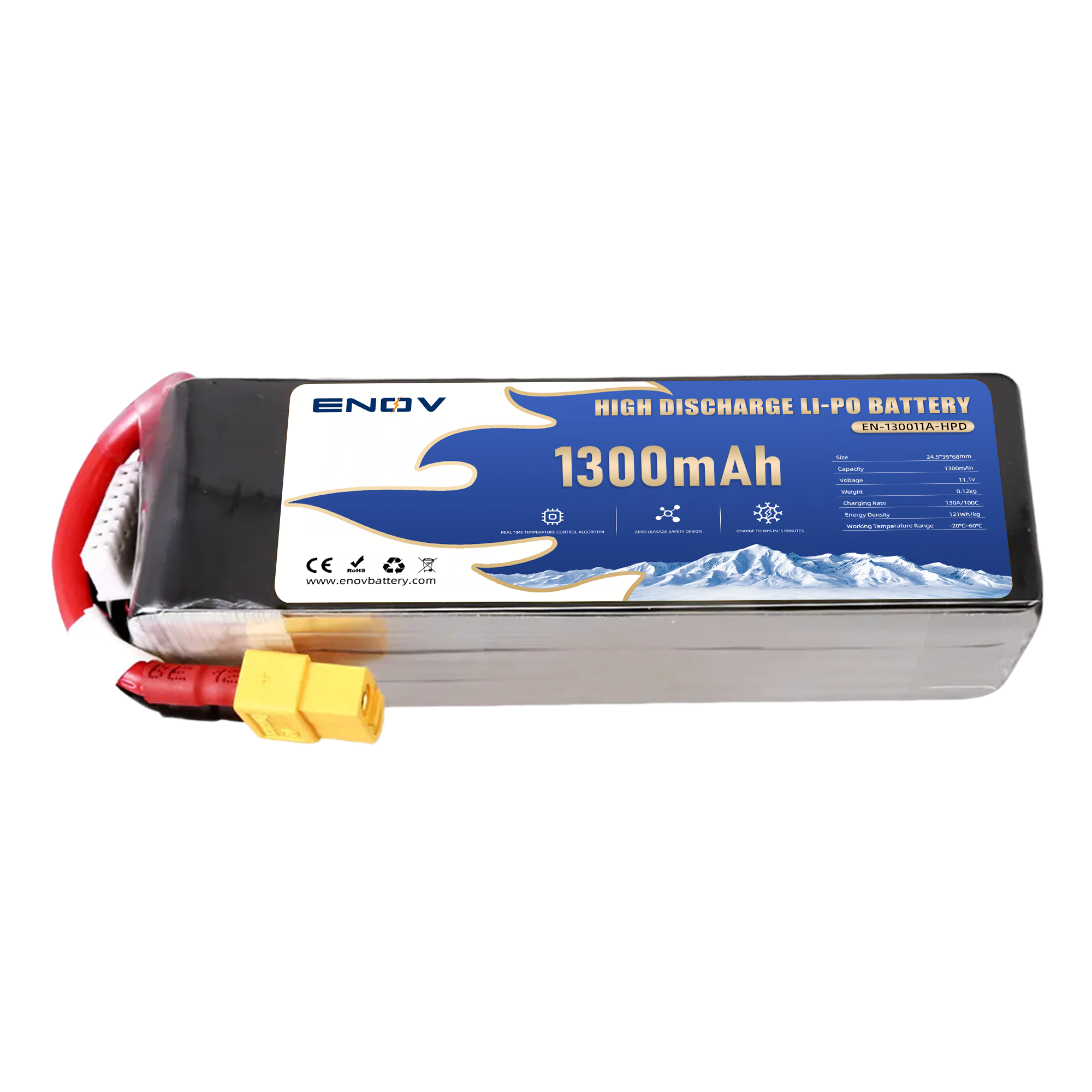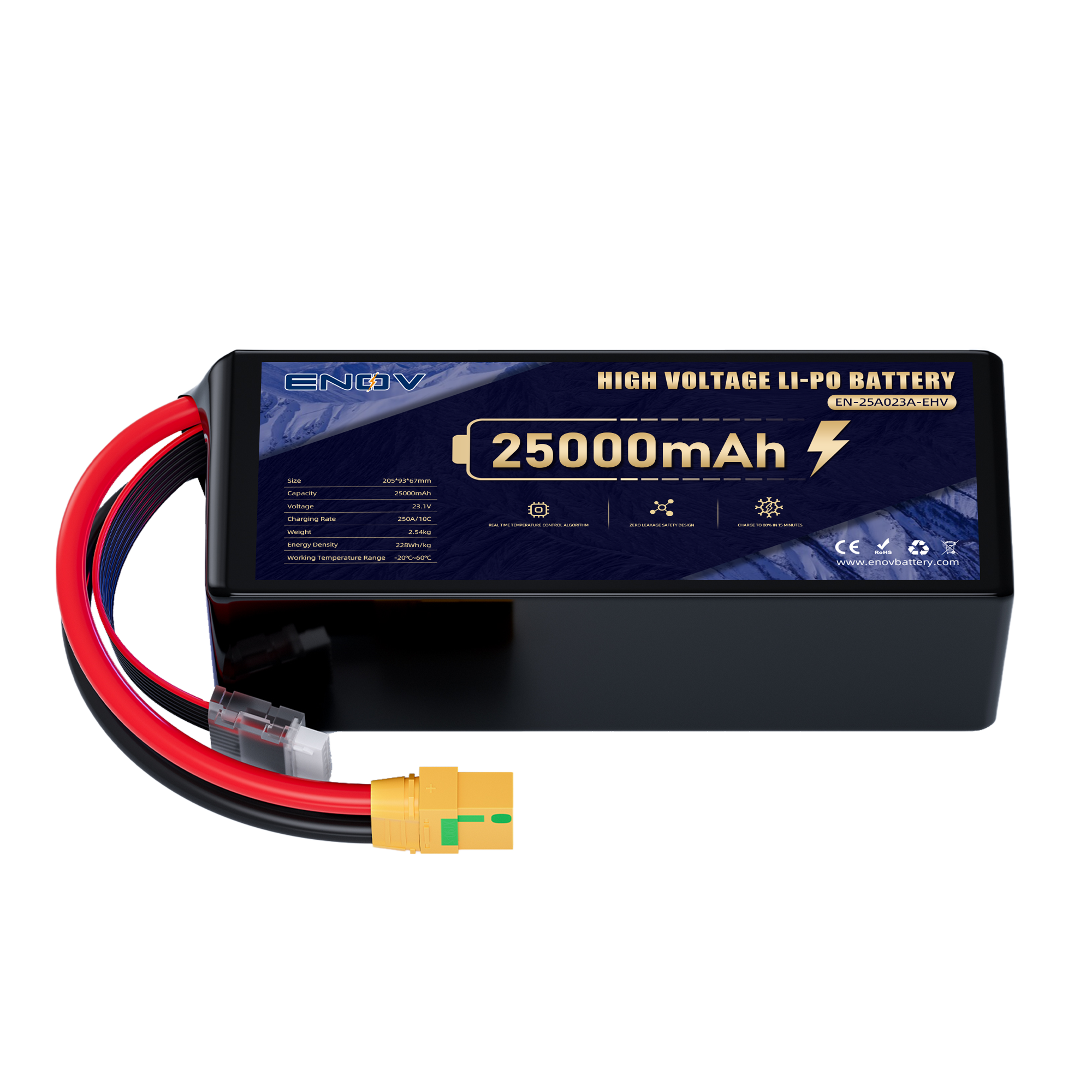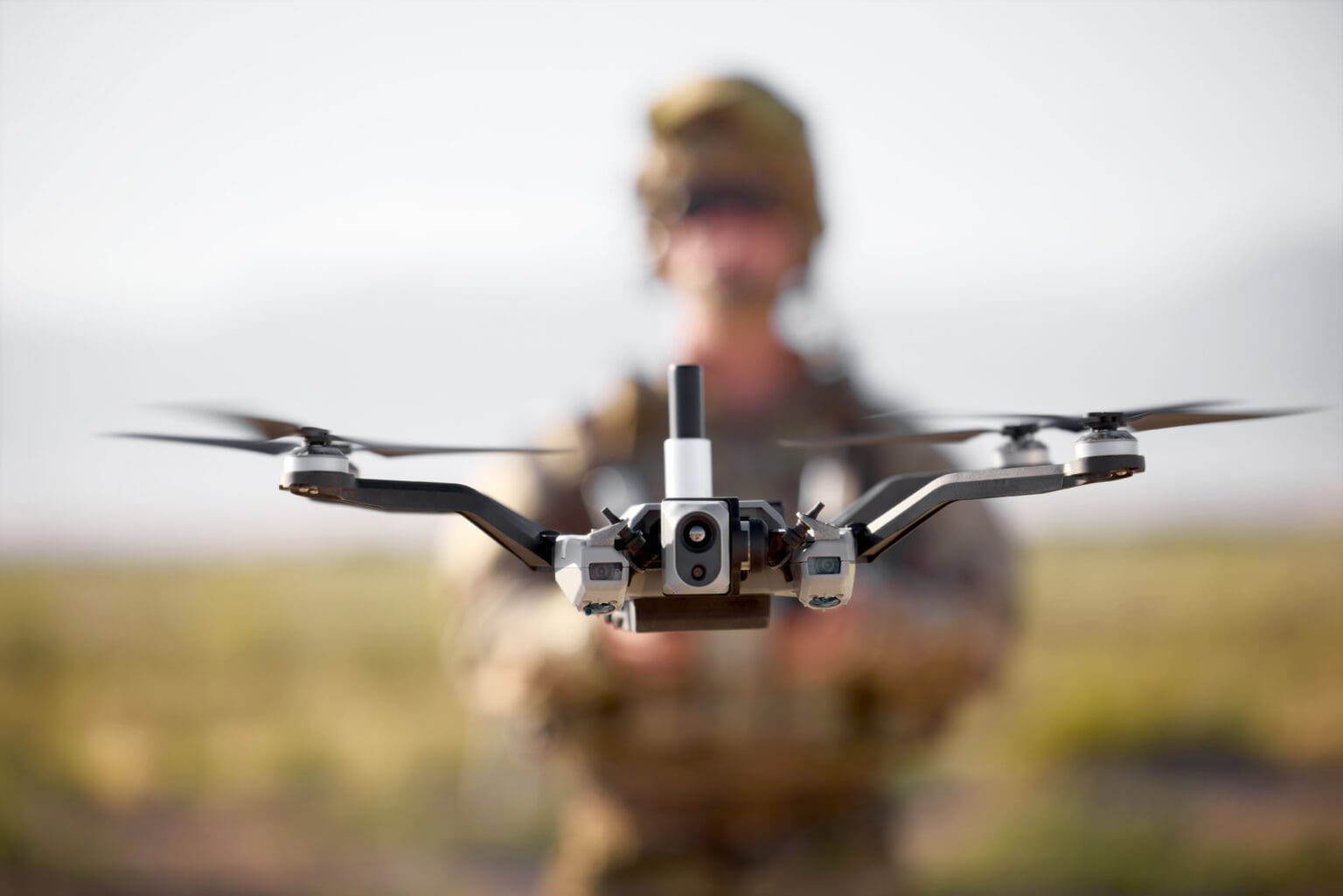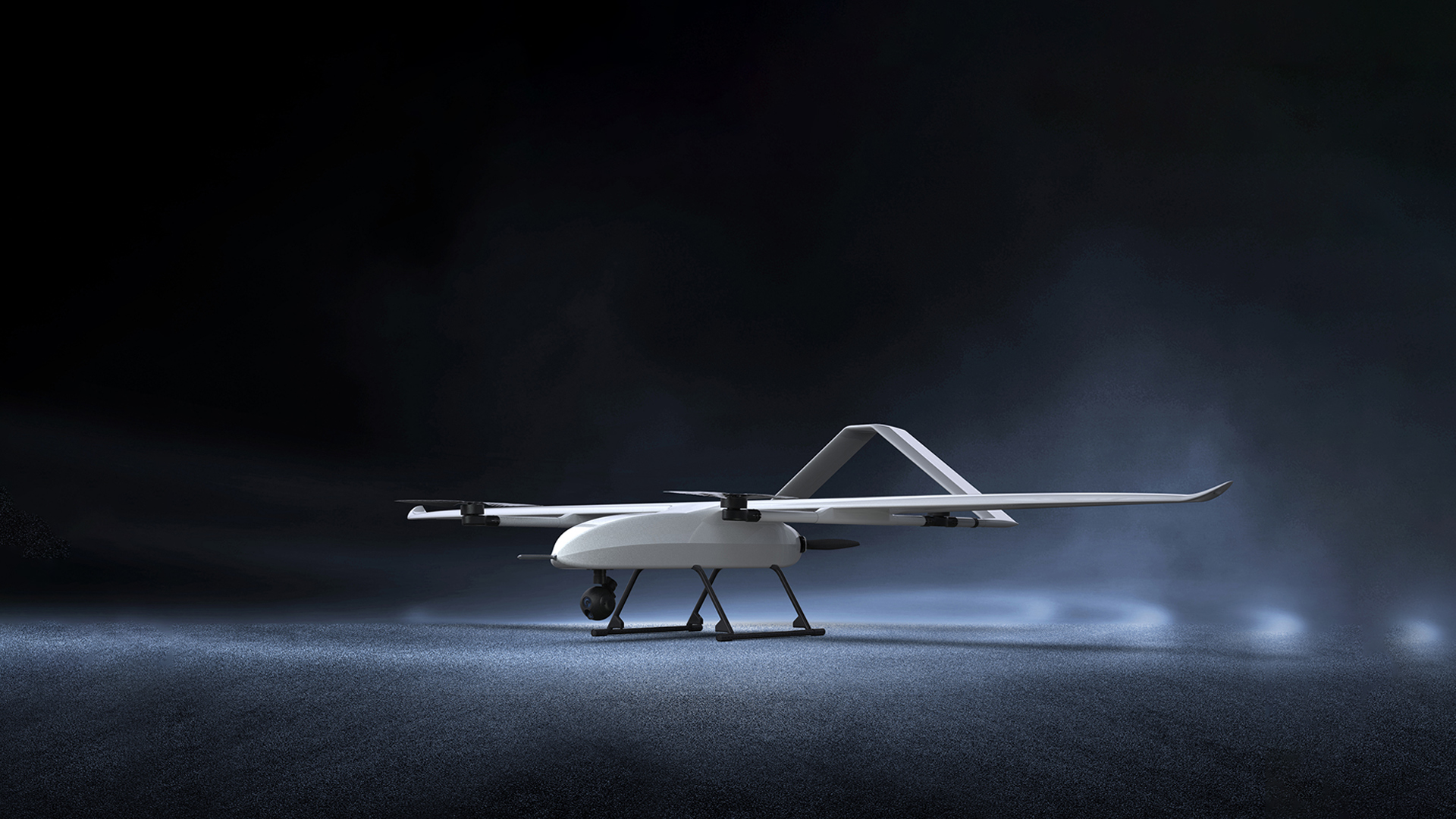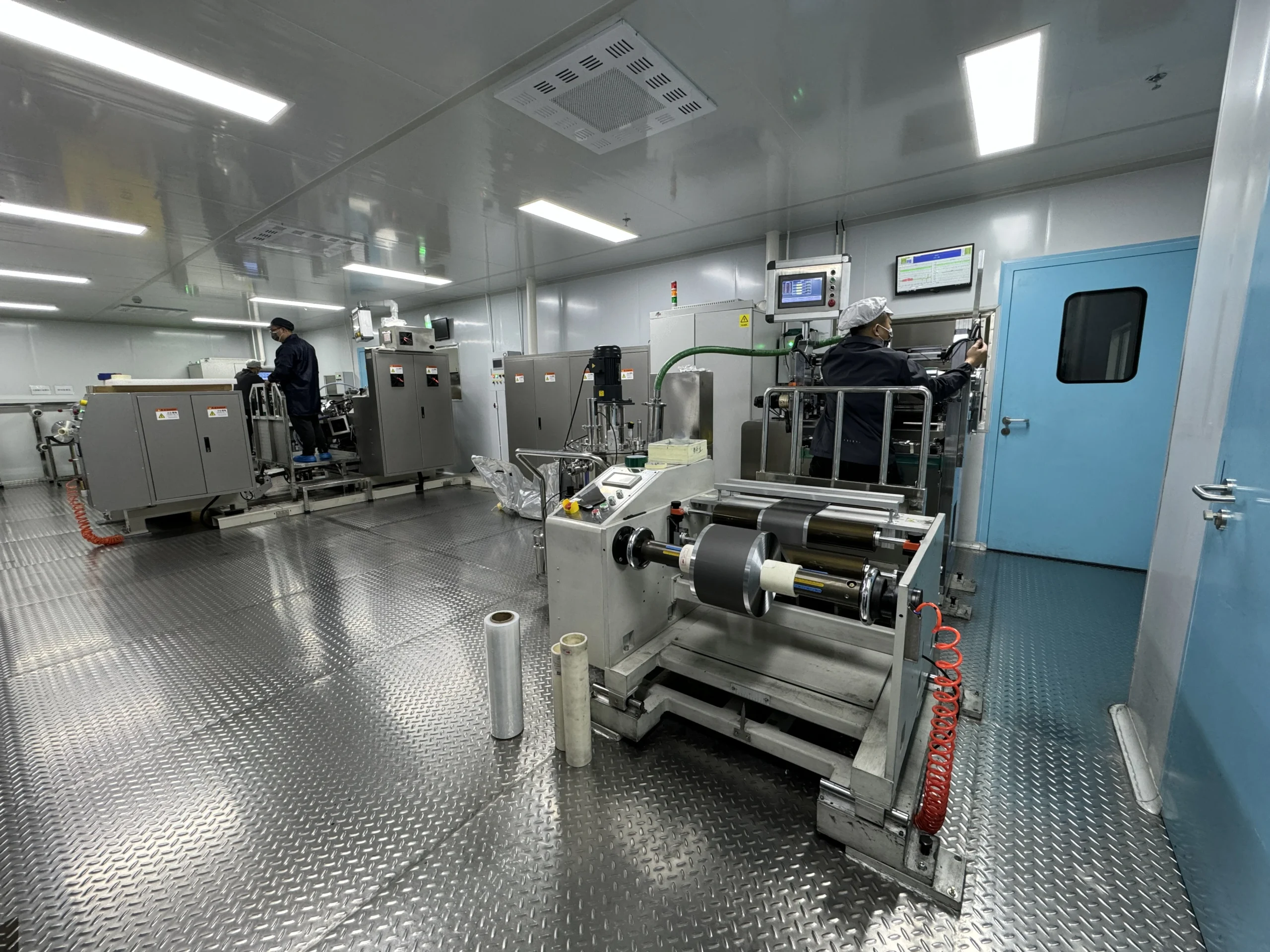Compliance with Global Standards:
Ensuring Airworthiness and Transport Safety
Compliance with Global Standards: Ensuring Airworthiness and Transport Safety
Compliance with global standards is essential for guaranteeing airworthiness and transport safety across industries like aviation, automotive, and logistics. These regulations, such as ICAO guidelines for aviation or IMDG codes for hazardous material shipping, mitigate risks tied to design flaws, operational errors, and environmental hazards.
By adhering to international frameworks, businesses not only avoid legal penalties but also build trust with stakeholders and ensure seamless cross-border operations.
thrust
1. Airworthiness Certification Frameworks
Airworthiness standards, governed by bodies like the FAA and EASA, require rigorous testing of aircraft systems. For instance, fatigue testing evaluates structural integrity under repeated stress, while fire resistance assessments validate materials against extreme temperatures. Transitioning to newer technologies, such as electric propulsion, demands additional compliance checks for electromagnetic interference (EMI) and thermal management. Furthermore, maintenance protocols mandated by MSG-3 ensure ongoing safety through scheduled inspections and component replacements .
2. Transport Safety Protocols
Transporting goods—especially hazardous materials—requires strict compliance with global safety standards. The International Maritime Organization (IMO) enforces SOLAS regulations for container shipping, including pressure testing for sealed units. Similarly, the ADR agreement governs road transport of dangerous goods, mandating leak-proof packaging and impact-resistant designs. Advanced tracking systems, like IoT-enabled sensors, now complement these rules by providing real-time data on temperature, vibration, and location during transit .
3. Harmonizing International Regulations
Divergent regional standards often complicate global trade. To address this, organizations like ISO and UNECE develop harmonized frameworks. ISO 9001, for example, standardizes quality management systems, while UN R100 certifies electric vehicle battery safety across multiple markets.
Collaborative initiatives, such as the EU’s Single European Sky, unify air traffic management rules to reduce human error risks. Adopting these unified standards streamlines compliance and minimizes redundant testing .
4. Risk Mitigation Through Audits and Training
Regular audits ensure sustained compliance with evolving standards. Third-party assessors evaluate documentation, testing records, and incident reports to identify gaps. Meanwhile, workforce training programs—like IATA’s Dangerous Goods Regulations courses—equip teams to handle emergencies and adhere to protocols.
Simulation tools, such as virtual reality-based fire drills, enhance preparedness without exposing personnel to real hazards. These proactive measures reduce liability and foster a culture of safety .
Conclusion
Compliance with global standards is non-negotiable for achieving airworthiness and transport safety in today’s interconnected markets. By integrating certified testing, harmonized regulations, and continuous training, businesses mitigate operational risks while enhancing efficiency. This commitment not only safeguards lives and assets but also positions organizations as reliable partners in high-stakes industries, driving long-term growth and global competitiveness.
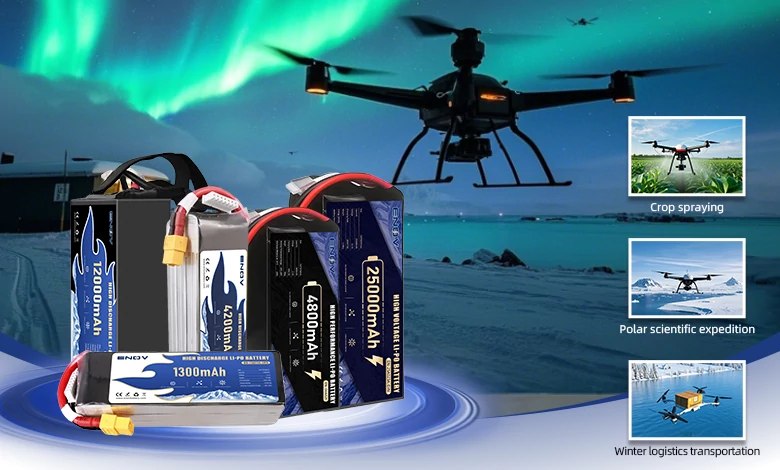
UAV DRONE battery
Enov UAV battery has the most advanced UAV battery new technology, it has a lightweight structural design, ultra-high energy density, stable continuous discharge, customized ultra-high instantaneous discharge, wide temperature working range, stable charge and discharge, battery materials can choose high nickel terpolymer positive/silicon carbon negative material system combined with semi-solid battery technology. Or choose a more mature application of more UAV lithium battery technology, available UAV battery nominal voltage 3.7V, capacity 18.0Ah ~ 30.0Ah, support 10C continuous discharge and 120C pulse discharge (3 seconds). With ultra-high energy density (220-300Wh/kg) as its core advantage, Enov UAV batteries can meet the needs of long-term endurance scenarios such as plant protection drones and transport drones, while maintaining stable emission performance in extremely low temperature environments (-40℃).
Other products
START-STOP LITHIUM BATTERY
LITHIUM ENERGY STORAGE BATTERY
QUICK INQUIRY
FAQ
Access to high frequency technical questions with one click, get accurate answers on product application, after-sales policy and customization process.
Service and Support
Get the latest product specifications, explore professional OEM/ODM customization services, click to open exclusive technical support and production solutions.
Become a Partner
We sincerely invite resources to interconnect, work together for win-win development, and immediately open a new chapter of strategic cooperation!

